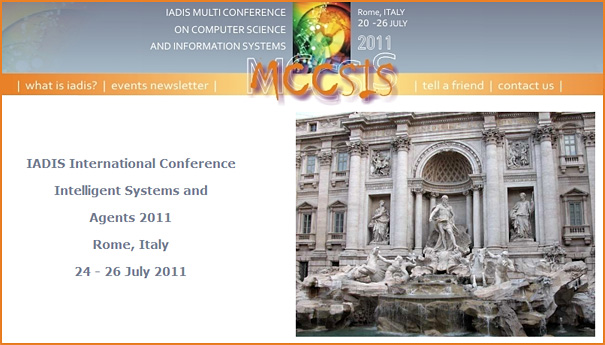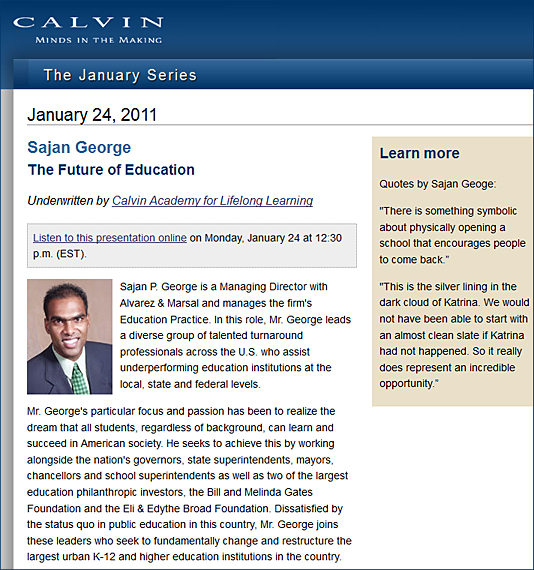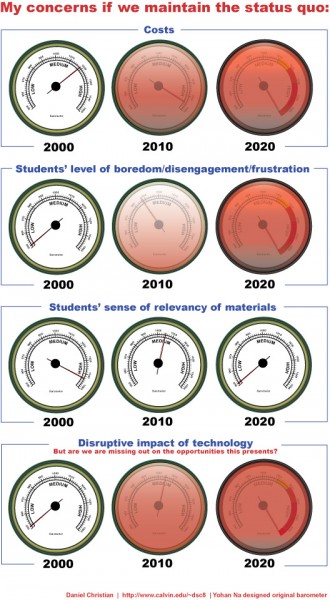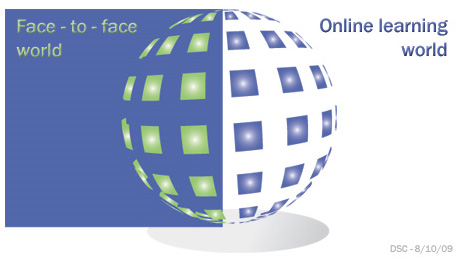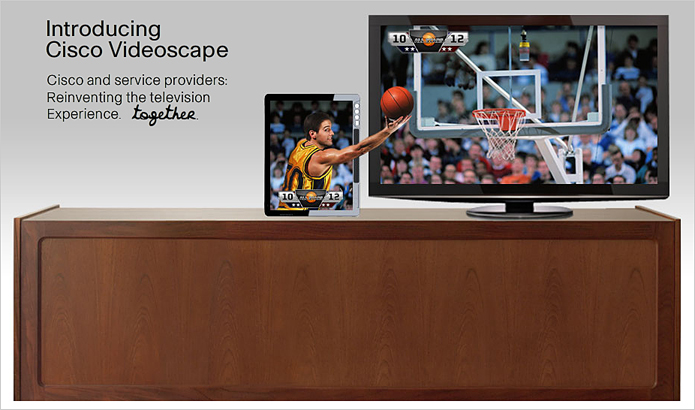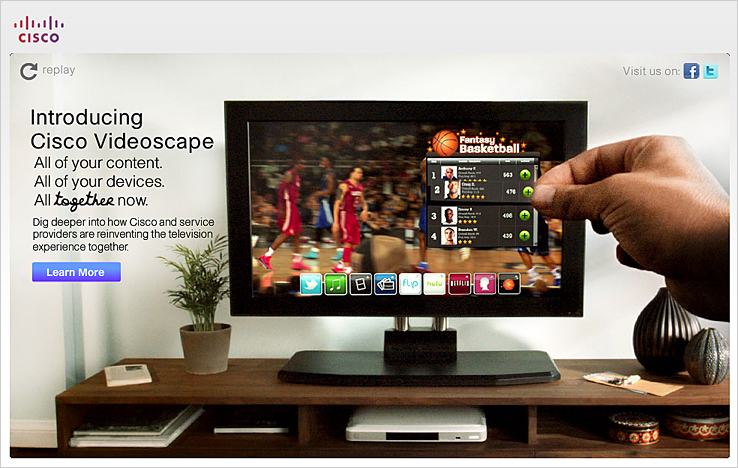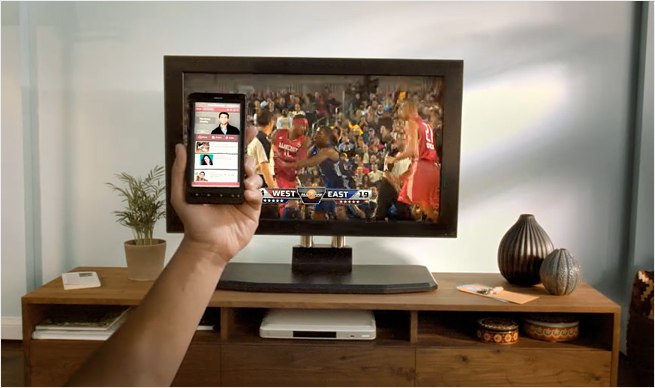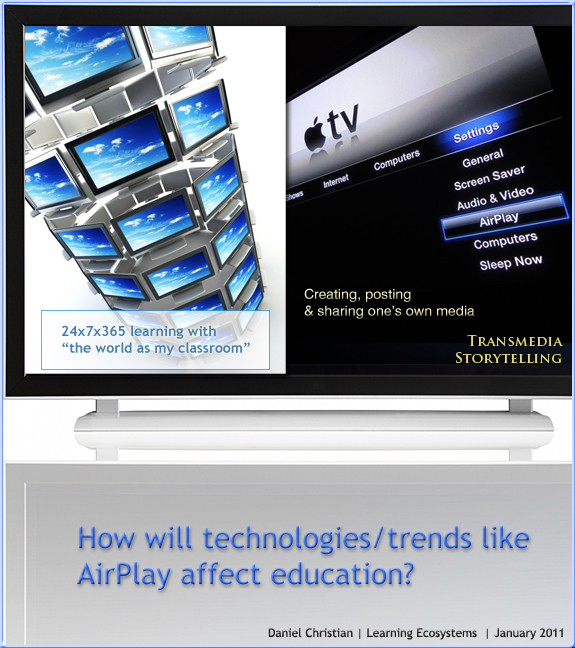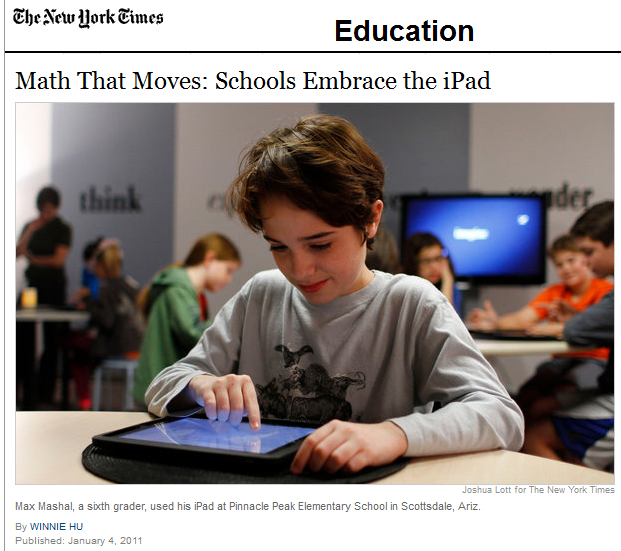10 reports on the near future of learning — from EdReformer.com by Tom Vander Ark
.Some of the sessions being offered include:
- Innovative Assessment Techniques
- Teaching the Nontraditional Adult Learner
- Designing Educational Experiences that Promote Deep Learning
- Developing an Academic Honesty Program that Works
- Modeling Writing for Developmental Learners
- Computers in the Classroom: Evidence of Student Engagement (Not Distraction)
- Fostering Student Engagement in Online Learning Environments
- Integrating Emerging Technology in the Classroom and Beyond
- Setting Up Your Hybrid Course for Success
- Engaging Millennial Students in the Basic Course
Putting the Learning in Blended Learning — from Faculty Focus by Ike Shibley, PhD. in Instructional Design
Blended learning involves using a combination of face-to-face interactions and online interactions in the same course. Students still regularly meet in the classroom in a blended course, but the frequency of those meetings is usually decreased. The goal of blended learning is to facilitate greater student learning and could thus fit within a learner-centered paradigm.
Many discussions about blended learning, however, focus not on learning but on blending. “Blended” is an adjective and “learning” is a noun; why has our focus been directed at the adjective? Do we assume, as is often done in the teaching paradigm, that learning is automatically assumed? I think that blended learning has become widely established enough that attention can now be paid to the learning portion of the name.
In higher education learning must be the focus—the push for learner-centered teaching is a noble, pedagogically defensible goal. Improving the cost-effectiveness of teaching should play only a secondary role. An instructor should not begin a blended design by asking how many face-to-face hours are really necessary, even though some administrators may use reduced hours as a starting point. The course should be designed to maximize learning.
Also see:
The Benefits of Blended Learning Explained — from Faculty Focus
When talking to administrators, point out that blended learning…
- impacts the entire institution.
- offers a learner-centered pedagogy.
- may integrate with the strategic plan.
- improves classroom utilization.
- can help match delivery to academic need.
- can help fill under-enrolled courses and programs.
When talking to faculty, point out that blended learning….
- gives them access to new resources.
- introduces them to online learning.
- is an opportunity for faculty development and lets them experiment with new pedagogies and techniques.
- helps meet student expectations and build student skills.
- allows for more flexible scheduling.
- retains the face-to-face aspect faculty may cherish.
When talking to students, point out blended learning…
- meets their expectations for utilizing technology.
- develops independent learning skills.
- offers increased flexibility and convenience.
- provides better access to those with job, family, or distance barriers.
- helps reduce educational costs.
Learning and the State of Business in 2011 — from Chief Learning Office by Bob Lee
As the pace of business continues to accelerate and mobility within the workforce continues to rise, virtual communication and collaboration in support of learning becomes more and more essential. Blended approaches that combine the best of traditional learning models with online learning are gaining momentum because they help decrease costs and meet the needs of an increasingly dispersed and mobile business workforce. A blended learning approach offers faster and more affordable ways to arm an organization with the knowledge and skills needed to adapt to changes and achieve business goals.









